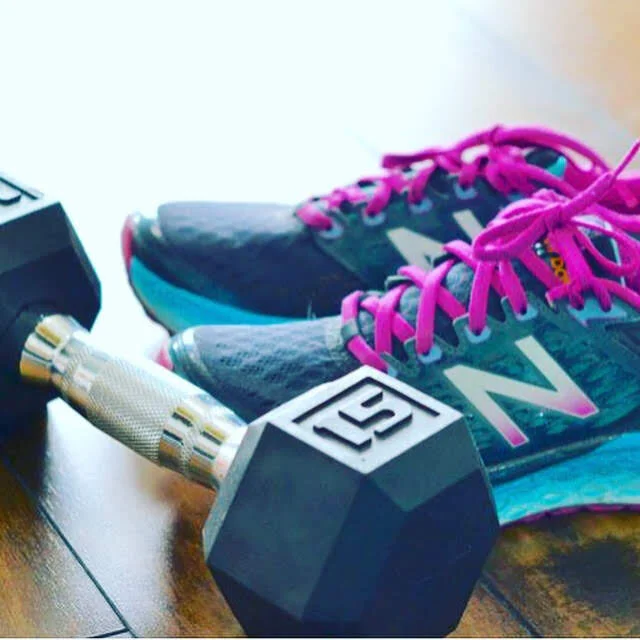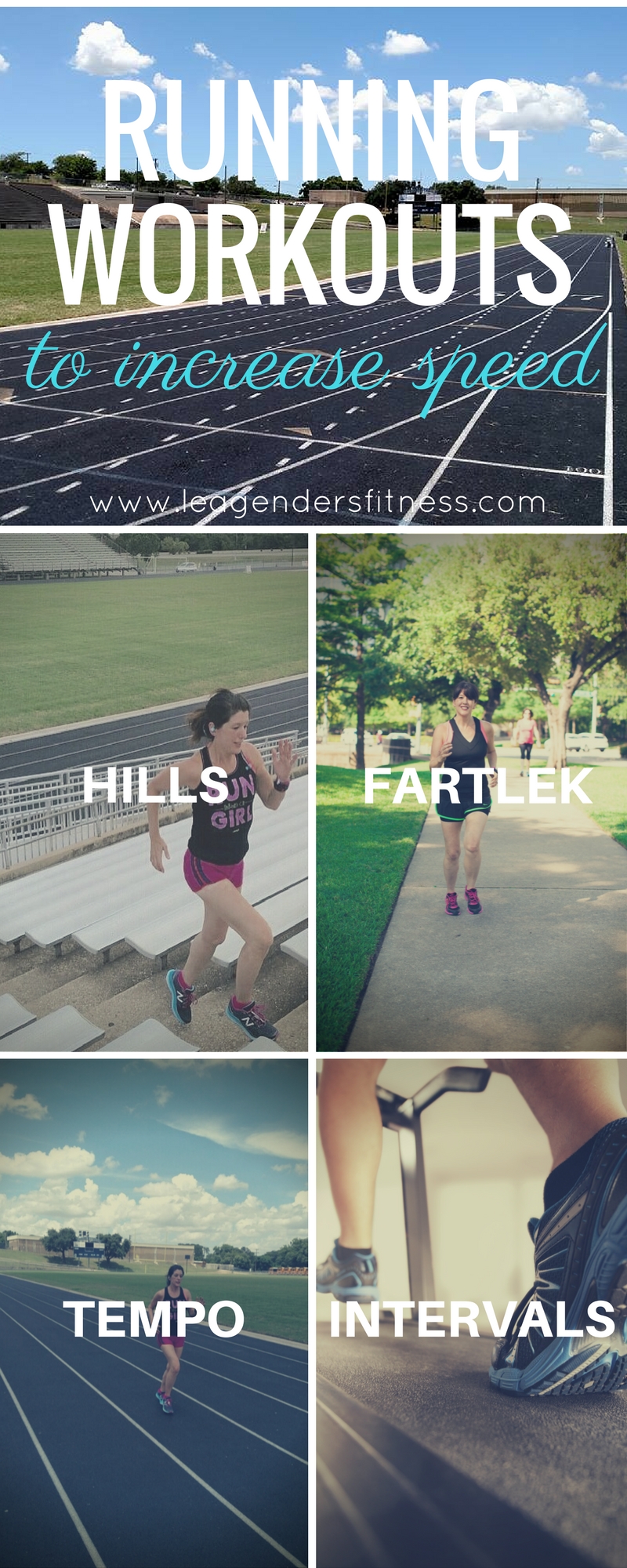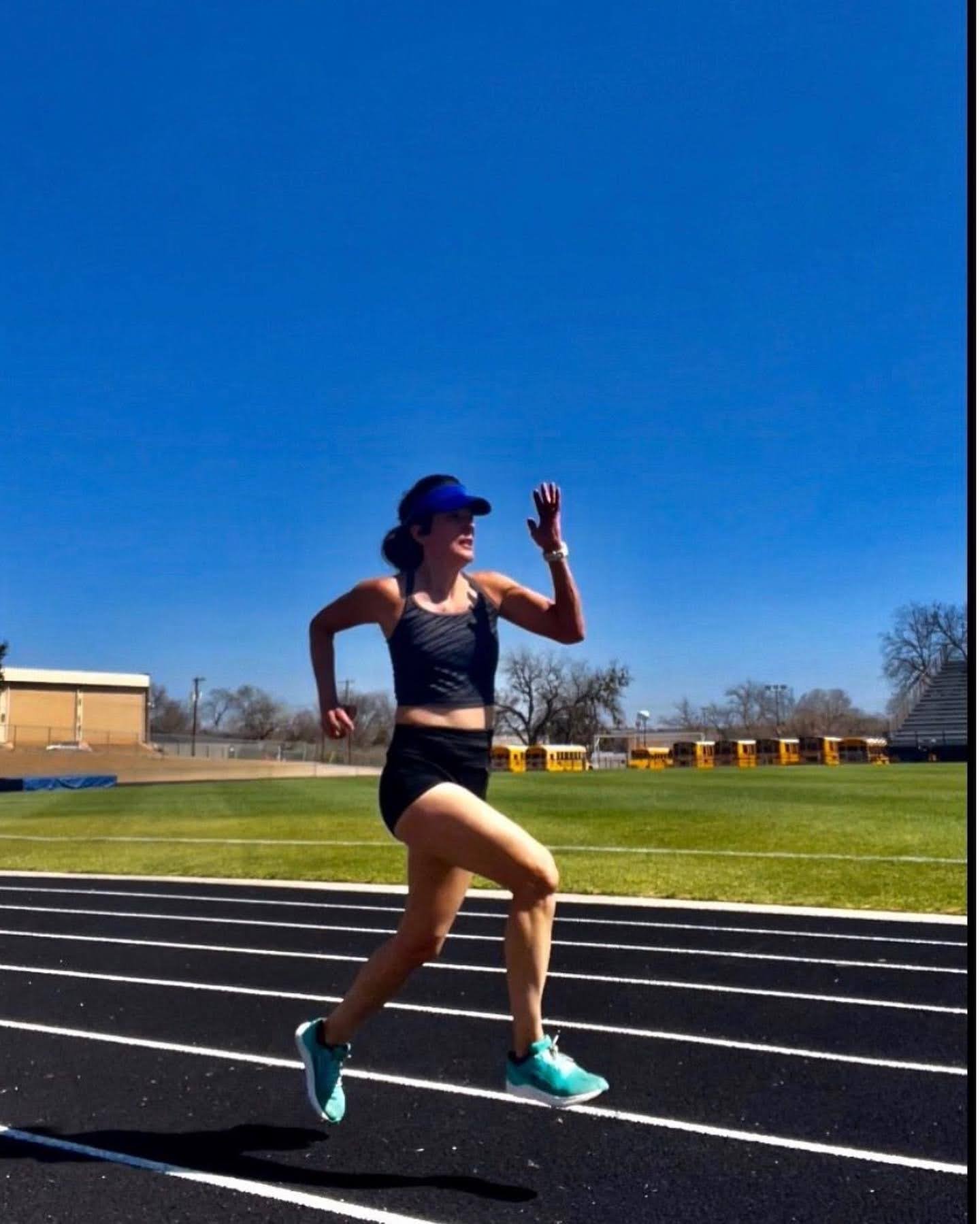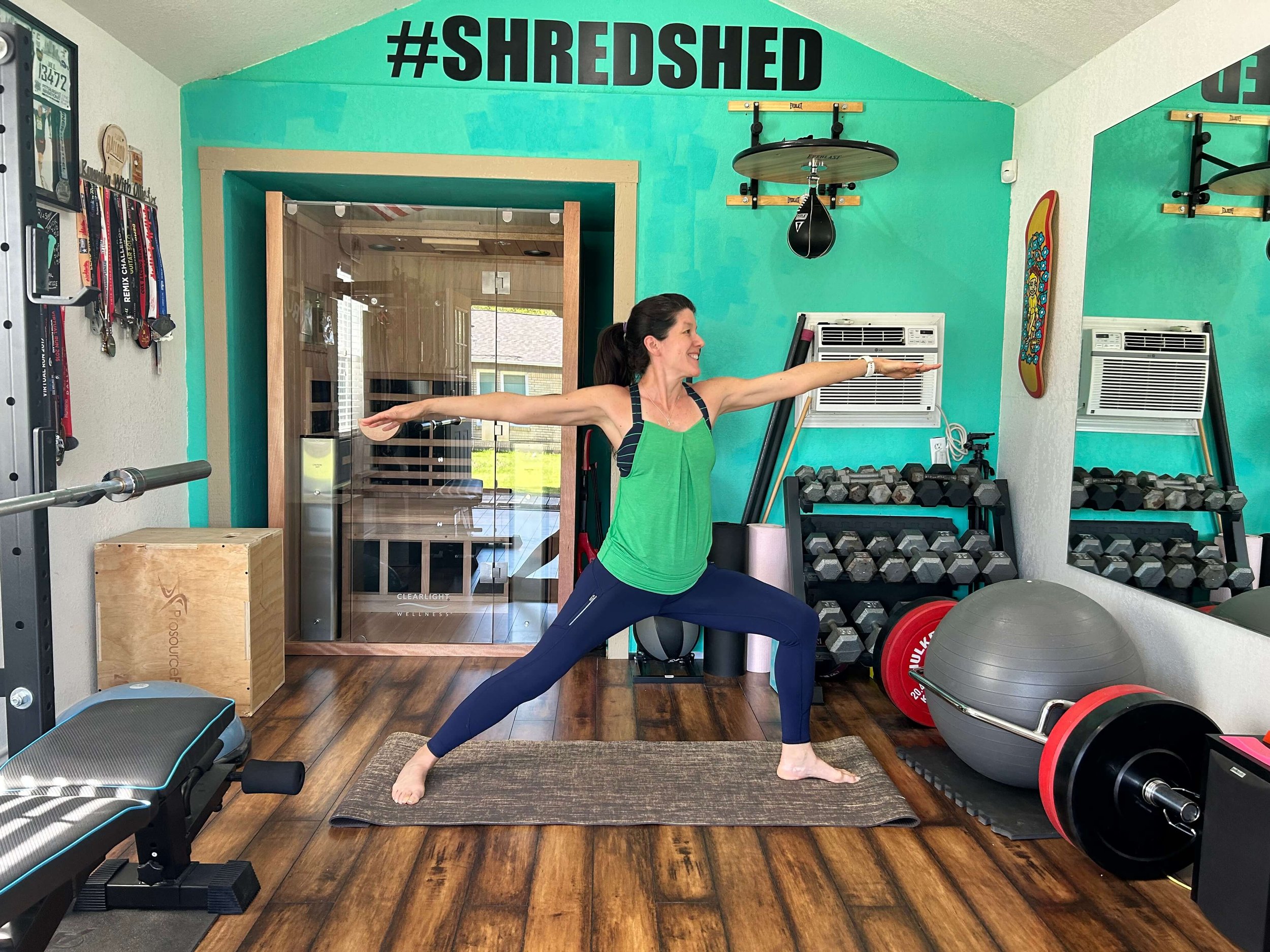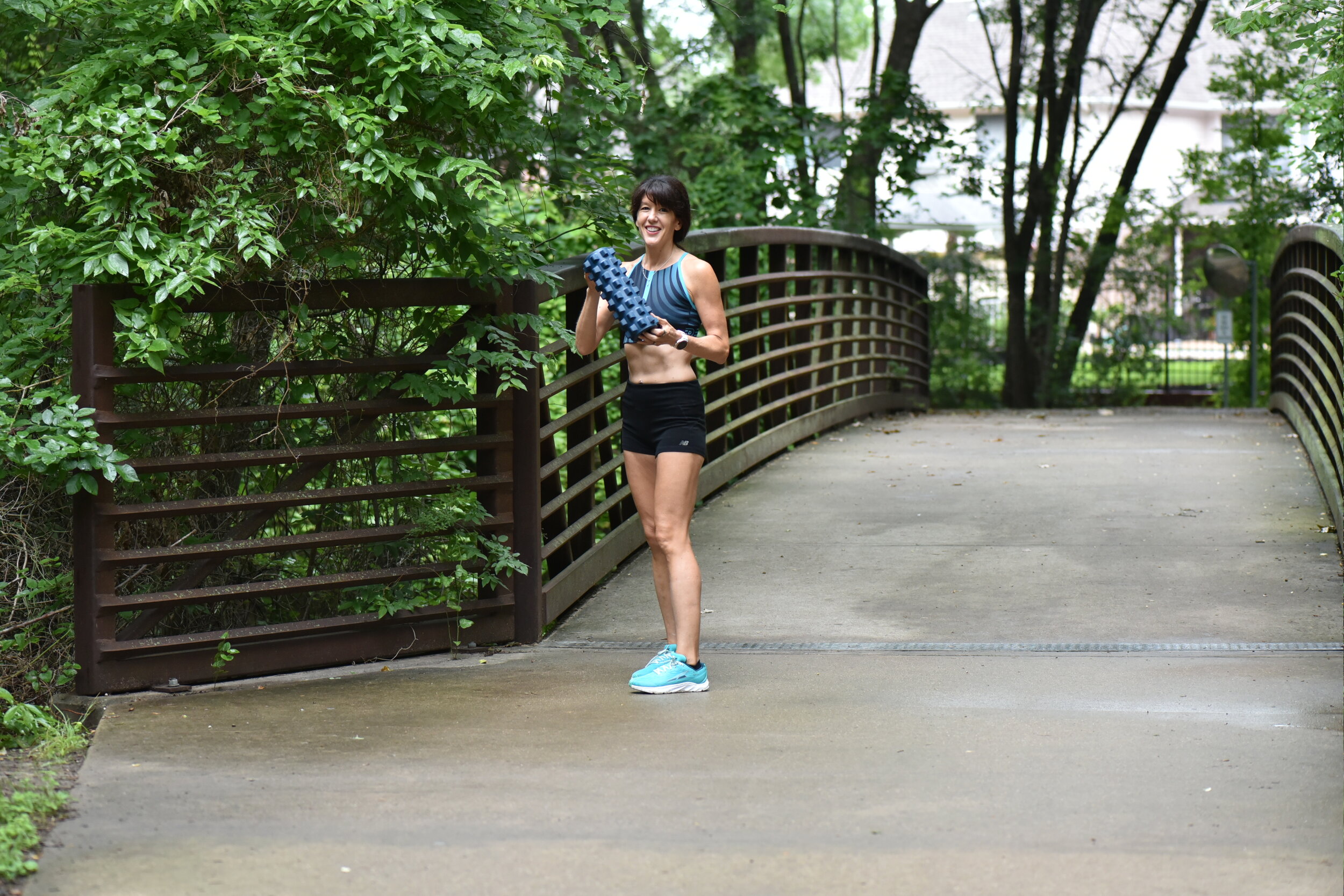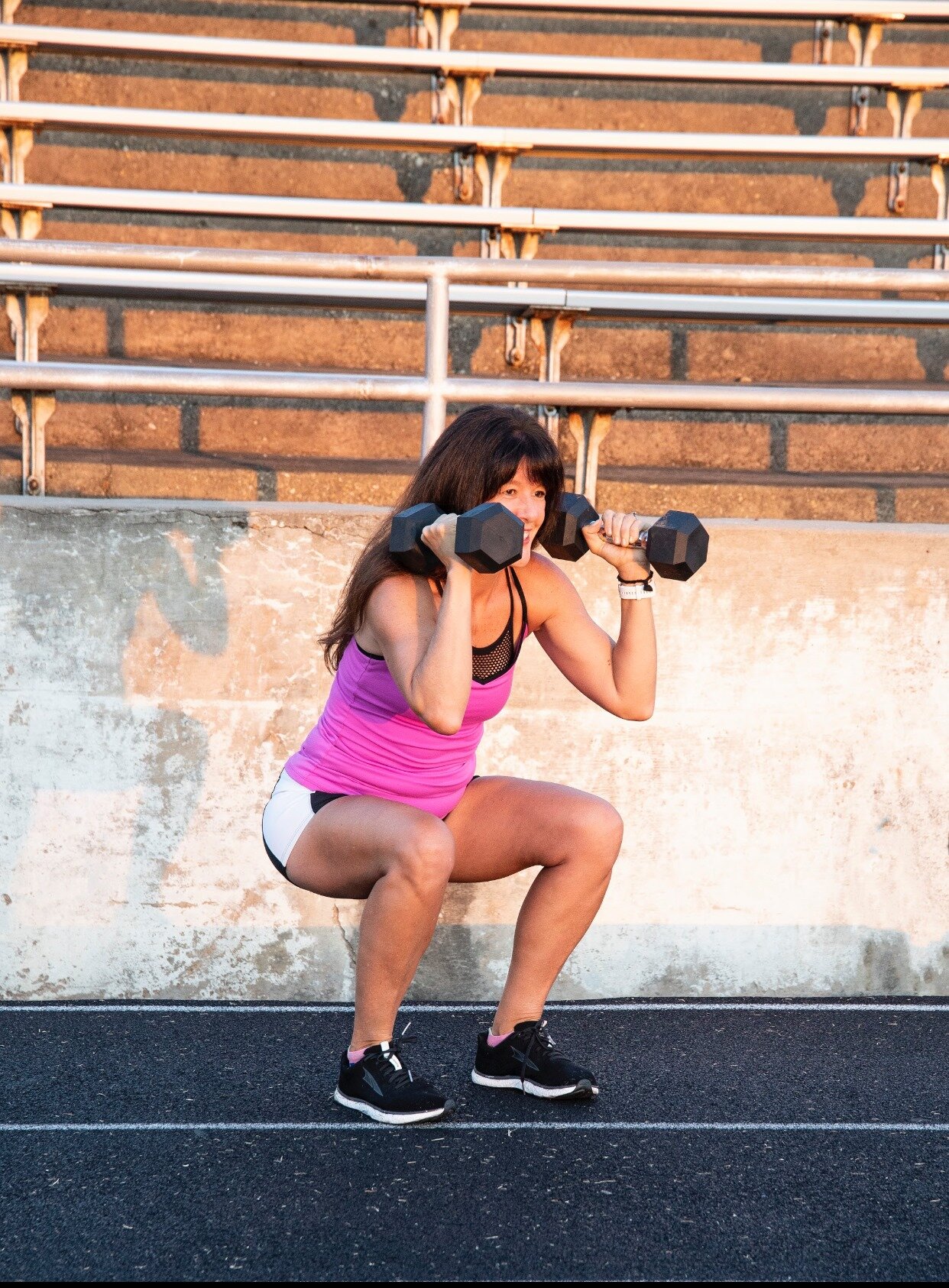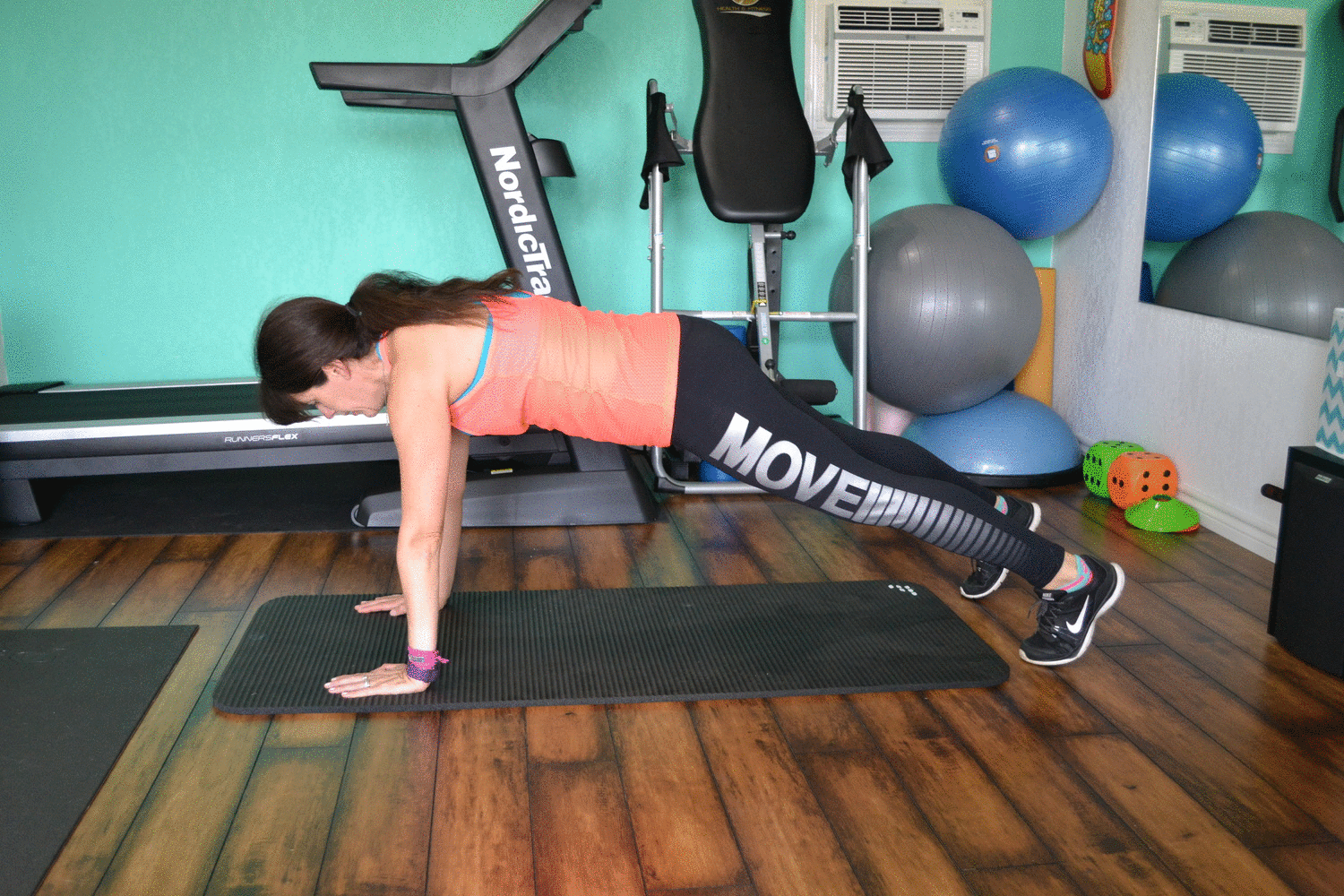Welcome to another edition of workout Wednesday! This week we are talking about the types of running workouts that you can do to improve speed. Speed workouts, along with base runs, strength training, flexibility and balance practice are all part of a well-rounded training plan. I recommend no more than 1-2 speed workouts per week if you are just beginning speed training. Even experienced runners should limit their effort sessions to three times a week. Your body needs time to properly recover from hard workouts. Adaptation occurs during rest, so if you don't give your body the chance to recover you won't improve.
You should have a sufficient running base before beginning any speed training. This means you should be running at least three miles at a time, several times a week at comfortable, conversational pace for a couple of months before beginning speed training. Check out my injury prevention checklist to make sure you are taking the necessary precautions to avoid injuries. Are you ready?
Types of Running Workouts to Increase Speed
Hills
Running hills is a great way to introduce speed work into your run training. Hills running helps to improve endurance with minimal muscle stress and promotes an efficient running form.
Warm up by jogging for 10 minutes. Starting at the bottom of a hill, run to the top maintaining a comfortably-hard effort. This would be a 7-8 on the RPE (rate of perceived exertion chart below) or about 75% of max heart-rate if you are using a heart rate monitor. Don't get too caught up in the numbers. You can begin by just running up that hill at a pace that feels a little challenging without going 100%. Once you reach the top of the hill, jog or walk back to the bottom to recover. Start with five repetitions and build up to ten gradually over time by adding an extra repetition every week or two depending on how well you recover. Cool down by jogging for 5-10 minutes and stretching and/or foam rolling.
When running hills lean forward slightly with a straight back (don't hunch). Imagine there is a rope tied your waist pulling you to the top. Pump your arms quickly, keeping your elbows close to your body. Do not allow your arm to cross in front of your body, keep them moving only in the forward direction.
You can change up the variables to challenge yourself in new ways. Changing the distance or grade of the hill, your pace and/or recovery time can place new demands on your body.
Stair running is a good alternative to hill workouts. Find stairs outdoors (I love stadium stairs at the local high school) or the stair machine at the gym.
Fartleks
Fart what? Fartlek is Swedish for speed play and it is exactly what it sounds like: playing with speed. Fartleks are great for people new to speed training or more experienced runners who want less structure in their workouts. I wrote an entire post on Fartleks that you can reference for more detail. The goal of fartlek is to practice running faster without specific time or distance work and rest intervals. In other words, go as you please. Warm up by jogging for 10 minutes, pick up your pace for an undetermined about of time by choosing a landmark in the distance. Run faster until your reach the red minivan and then slow down to a jog or walk until your breath is recovered. Run faster until you reach the park bench in the distance and slow until you are ready to go again. Repeat for about thirty minutes, then cool down by jogging 5-10 minutes followed by stretching and/or foam rolling.
Tempo
Tempo runs are done at a steady state faster than conversational pace but not at an all-out effort. It is not sprinting, it is running at a comfortably hard pace for 20 minutes to up to an hour. It may take some experimenting to find your tempo pace. It should feel challenging but not so hard that you can't maintain it over a couple of miles. This would be a 7-8 on the RPE (rate of perceived exertion chart) or about 75%-85% of max heart-rate if you are using a heart rate monitor. You should not be running so hard that you are grasping for air.
Begin at a shorter distance, about two miles to start, and gradually build up over time by adding 1/2 mile to your tempo runs every week or two.
Runners new to speed training can ease into tempo runs by breaking up the time at tempo pace. Try running for three minutes at tempo pace, followed by three minutes of recovery at a slower pace and then repeat. Work to reduce the recovery period and increase the work period over time until you are no longer taking a recovery period in your tempo runs.
Intervals
Interval workouts are done at a specific speed and distance with a specific recovery period. Interval workouts should be performed by runners who are currently running 20 miles a week or more and have some experience with hill and fartlek training. To reduce the chance of injury, if you are a new runner or new to speed training, start with hills and fartlek training before advancing to interval work.
You can change the variables (speed, distance, rest, repetitions) in order to meet specific goals. Long interval work periods are best for runners training for long distances like a marathon or half marathon. Shorter work intervals are best for runners competing in 5K, track racing and for improving leg speed. My favorite interval workout is just 15 minutes long and incorporates both long and short intervals at varying speeds.
I like doing intervals on the treadmill because it makes it easy to control both distance and pace. They also can done on a track or streets with a GPS watch.
IMPORTANT! The pace and speed examples in the below interval chart are for reference ONLY. You should by no means arbitrarily follow these paces. These speeds may be too fast for some runners and too easy for others. Use the RPE chart (above) to base your speed on your effort and current abilities!
| TIME | RPE | EFFORT | EXAMPLE SPEED | EXAMPLE PACE |
|---|---|---|---|---|
| 3 MINUTES | 2-3 | WARM UP | 3-4 MPH | 20:00-15:00 |
| 3 MINUTES | 7-8 | WORK | 6-7 MPH | 10:00-8:34 |
| 2 MINUTES | 4-6 | RECOVER | 5 MPH | 12:00 |
| 2 MINUTES | 7-8 | WORK | 7-8 MPH | 8:34-7:30 |
| 1 MINUTE | 4-6 | RECOVER | 5 MPH | 12:00 |
| 1 MINUTE | 9 | WORK | 8 MPH | 7:30 |
| 1 MINUTE | 4-6 | RECOVER | 5 MPH | 12:00 |
| 1 MINUTE | 9 | WORK | 8 MPH | 7:30 |
| 1 MINUTE | 2-3 | COOL DOWN | 3 MPH | 20:00 |
Are you currently incorporating speed workouts into your running training? Even if you don't race, most runners can benefit from at least one day of speed training per week. What is your favorite form of training to increase speed? Any questions? Let me know in the comments.
LIke this post? It helps me when you share!
I am a NASM personal trainer and RRCA adult distance running coach that specializes in strength training for runners. I offer in-person training in the Shredshed, as well as online training. If you are interested in a more in-depth running or strength training plan please contact me. Have questions? I'd love to help.
While I am a certified personal trainer, I am not your personal trainer. Since I don't know your exercise abilities, injury background or medical history, please see your doctor before beginning any new exercise program.

